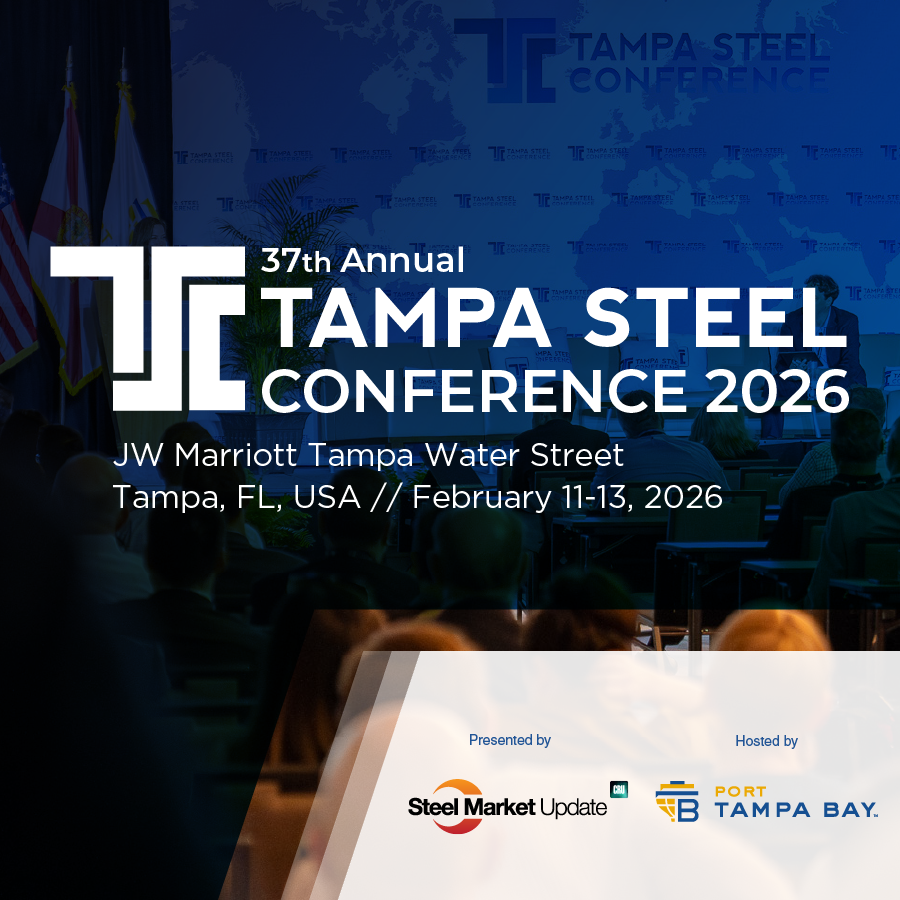Rising protectionism and geopolitical tensions will create new barriers and alter global steel trade patterns. CRU’s Global Steel Trade Service is now tracking additional landed import prices to help steel buyers and sellers identify the impacts.
2024 has seen a new wave of steel protectionism
Oversupply and ongoing weak demand in the global steel market have triggered a wave of trade protection across the world this year.
According to the trade cases tracker in the CRU Global Steel Trade Service, countries including Turkey, South Africa, Mexico, Brazil, Colombia, Chile, Canada and USA have imposed new or increased existing duties against steel imports in 2024.
More trade cases are pending. Anti-dumping investigations on steel imports are currently underway in Vietnam, India, Malaysia, South Korea, South Africa, Egypt, Turkey, Europe and USA, most of which are targeting China, India and Vietnam. In parallel, steelmakers in other countries, such as Japan, are lobbying governments to act against the growing volume of steel imports.
Hit to exporters’ competitiveness means trade flows will change in Europe and Asia
The implementation of import duties has, and will continue to, change exports’ competitiveness and, with it, global steel trade flows. In Europe, for instance, we expect that the recently launched antidumping investigation into HR coil imports from Egypt, India, Japan and Vietnam is likely to result in the imposition of duties, with a replacement of lower-priced material by non-tariffed products. This will allow European domestic mills to regain share, along with potential new import sources. In South Korea and Malaysia, new sources of imports will be needed if the current antidumping investigations result in new duties. Domestic production capacity in these countries does not look sufficient to meet demand.
US coated imports set to fall
In the US, the current antidumping investigation against coated sheet imports from ten countries is likely to shift procurement strategy from imports to domestic producers as upcoming capacity will be enough to absorb demand.
We expect imports of coated sheets into the US market to fall significantly, and shipments of these products will potentially need to be redirected to other markets.
Protectionism is expected to continue to rise over the short and long term
Trump’s re-election is expected to intensify global protectionism. If proposals announced during Trump’s campaign materialise – such as the universal tariff of at least 10% on all imports – we will likely see an escalation of trade tensions. Retaliatory measures are expected be implemented in this case, particularly from the US’s major trading partners – China, the EU, Japan, Korea, Taiwan, Mexico and Canada. See related Insight here.
Over the medium to long term, decarbonisation will also shift trade patterns by changing the competitiveness of exports as different Emissions Trading Schemes (ETS), such as the European Carbon Border Adjustment Mechanism (CBAM) will be implemented across different regions to avoid carbon leakage.
Geopolitical tensions are a threat to the freight market
In addition to the rise in global protectionism, a significant volatility in freight rates has impacted export’s competitiveness in 2024.
The ongoing conflict in the Middle East disrupted shipping through the Red Sea earlier this year, causing delays in the transit of steel through the Suez Canal and leading to significant volatility of freight rates. The alternative journey around the Cape of Good Hope increases freight rates substantially as it adds around 8.5 days to the journey from East Asia to Europe.
The geopolitical tensions in the Red Sea present an ongoing risk particularly to Europe, given the importance of the Red Sea route to West-bound container traffic from East Asia. Freight rates from China to Europe (Italy), for instance, experienced significant volatility this year, with increases of up to 60% at certain times.
In addition to geopolitical tensions, threats to key trade routes might become more common due to extreme weather events – such as the droughts that impacted the Panama Canal – which are expected to be more frequent given climate change.
Given the volatility observed this year in the freight market, the CRU Global Steel Trade Service now also regularly monitors key steel freight rates to provide real-time landed import price intelligence.
CRU expands coverage of landed import prices
Landed import prices are an indication of the final price of imports once they reach their destination markets. Starting with CRU’s assessed FOB prices, they also take into account tariffs, ocean freight and inland transport costs to reflect the full price paid by importers for a product. When landed import prices are lower than domestic prices, this indicates imports are competitive in the destination market.
We have recently expanded coverage of these prices by product, origin country and destination markets. Please contact us if you want to know more about the CRU Global Steel Trade Service.

















